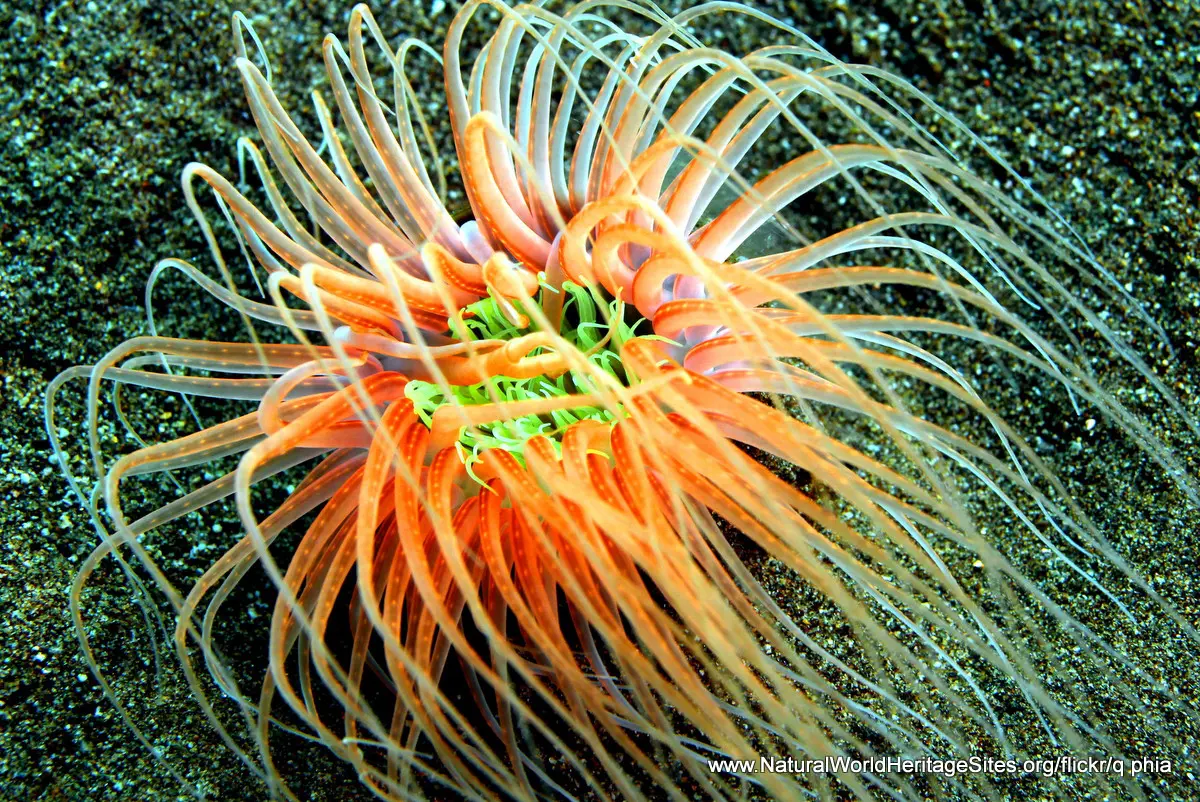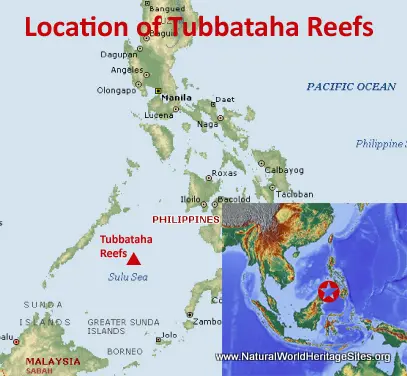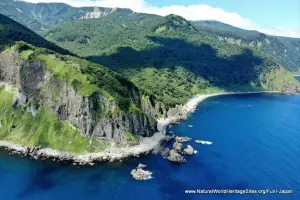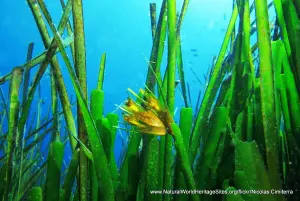EXPLORE the Tubbataha Reefs Natural Park with this slideshow, check the location map and get all the facts and information below.
For slideshow description see right or scroll down (mobile). Click to view slideshow
Location and Values: Tubbataha Reefs Natural Park is located in the centre of the Sulu Sea at the heart of southeast Asia’s Coral Triangle, the epicenter of the world’s coral richness and diversity. Its marine habitats include three coral atolls and a large area of deep sea, which supports a higher species diversity per unit area than the Great Barrier Reef and is rated by scuba divers as one of the world’s top diving destinations. The three coral atolls lie along a submarine ridge of extinct volcanoes, and each of them features a sand-filled tidal lagoon (on the summit of an underwater sea mount) and a steep outer reef slope into the deep ocean. The outer reef slopes have very clear water with walls of coral-hung crevices, overhangs, ledges and caverns supporting the area’s greatest diversity of corals, fish and other animals. The sandy lagoons have extensive sea-grass beds and two of them have tiny coralline sand cay islets with light vegetation that provide nesting sites for sea birds and two species of endangered marine turtles (green and hawksbill).
Conservation Status and Prospects. According to IUCN’s Conservation Outlook Assessment (2020) the conservation status of the Tubbataha Reefs Natural Park is ‘good, with some concerns’. The IUCN report notes that the whole of the park is protected as a no-take reserve and populations of important commercial fish species (such as tuna and mackerel) that were previously subject to heavy exploitation are recovering. Protection and management of the site is now highly effective so the values which were recognized by the site’s world heritage listing are being maintained and enhanced. Low level threats that are still causing some concern include illegal fishing, the impacts of increasing visitor pressure, pollution and solid waste (much of which is brought into the area from outside by the currents). Climate change is a potentially severe threat which may result in ocean acidification, sea surface temperature increases and coral bleaching but these impacts are not yet evident.
Links:
Google Earth
Official UNESCO Site Details
IUCN Conservation Outlook
UNEP-WCMC Site Description
Birdlife IBA
Slideshow description
The slideshow ‘tells the story’ of the Tubbataha Reefs Natural Park with a portfolio of photos that illustrate some of the main features of this outstanding place, with its extraordinary diversity of marine life. The reefs are accessed by visitors on live-aboard tourist vessels, fully equipped with necessary scuba diving equipment. There is very little to be seen above the water surface, but the two tiny coral islets on the North and South Atolls are shown, together with two important species of seabirds to be found here – the critically endangered Christmas Island Frigate Bird (a regular visitor) and crested terns (which breed on the South Island). The remainder of the slideshow demonstrates the great diversity of marine life – including corals, anemones, fish, turtles, manta rays, whale sharks as well as top predators such as tiger and hammerhead sharks. A short series showing a variety of colourful species of nudibranch (small marine ‘slugs’) is included, as well as other underwater icons such as clown anemone fish. Some extraordinary species of fish are so well camouflaged that they are difficult to make out, even in a closeup photo, as they hide in the sand, coral or seaweed waiting for their next meal.
The following Flickr photographers are acknowledged with thanks for their contributions to this slideshow: q phia, Stephen McGrath, Wikiwand, Francesco Veronesi, Gregg Yan, Andy Nelson, Jayvee Fernandez, Raymond, Matthew Paulson, Nik Wilets, Tom Gruber and Christian Jensen.
Factfile
Website Category:
Marine & Coastal
Area: 968 km2
Inscribed: 2009
UNESCO Criteria:
- Exceptional natural phenomenon (vii);
- Outstanding natural beauty (vii);
- Ecological processes (ix);
- Natural habitat for biodiversity (x);
- Significant number of rare, endemic and/or endangered species (x)





